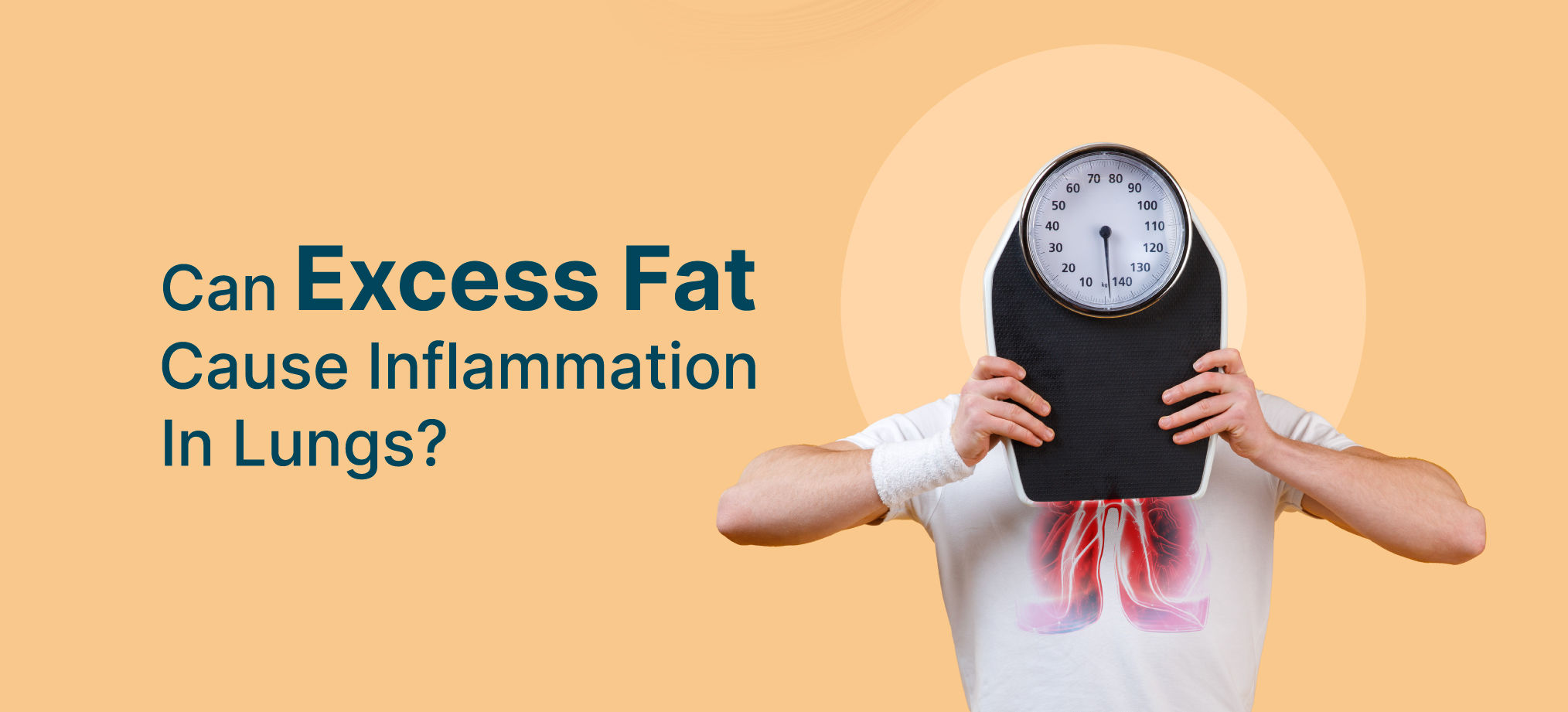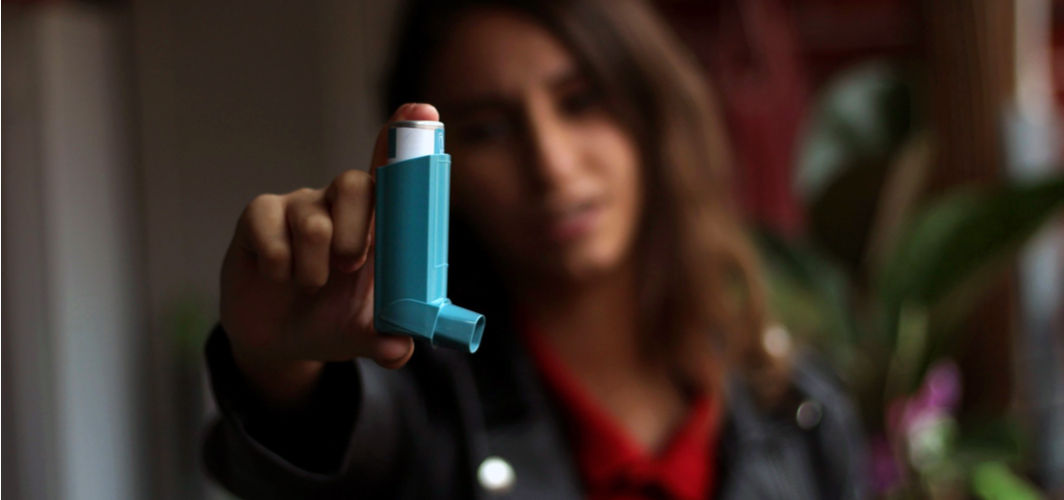Shortness of breath or breathlessness is medically termed dyspnoea. It is not a disease by itself but a symptom of several medical conditions. It is described as difficulty in breathing, feeling suffocated, or unable to breathe normally. Shortness of breath can range from mild to severe and can be temporary or long-lasting. There are many different causes, some of which may not be of concern such as that resulting from a stuffy nose or an intense exercise. But sometimes, shortness of breath can be a sign of serious medical conditions that require medical attention. If shortness of breath is sudden and severe, it may indicate an emergency condition that warrants immediate medical attention.Shortness of breath explained
The vital function of breathing is regulated by the brain, with the heart and lungs working together to transport oxygen to all parts of the body and remove carbon dioxide.
When the oxygen entering the lungs is not enough or carbon dioxide levels in the blood rise, the brain directs the body to increase the breathing rate. This can cause more profound and quicker breaths that lead to the sensation of breathlessness. Shortness of breath can also occur if the blood becomes acidic because of an infection or lactic acid build-up.
Shortness of breath is common and can happen to anyone, but when constant, it could be because of an underlying medical condition. Shortness of breath can occur due to a range of problems that include anxiety or panic attacks, an allergic reaction, or anaemia. But most cases frequently stem from problems related to the lungs and heart.
Causes for shortness of breath
Shortness of breath can occur for a short term (acute) or may last for weeks or longer (chronic).
Shortness of breath can also occur in a healthy person due to:
- Strenuous exercise
- Extreme changes in temperature
- High altitude
- Poor air quality
- Choking (obstruction in the windpipe)
- Allergic reaction
- Obesity
Difficulty in breathing can also occur when the lungs do not get enough oxygen and this may be a warning sign of something serious. Shortness of breath can occur suddenly or over a period ranging from a few weeks to months. One can experience shortness of breath while:
- Walking
- Running
- Climbing stairs
Medical conditions that may be associated with shortness of breath
Heart and lung conditions are the most common causes of shortness of breath. Problems with either of them can cause breathing issues. Some of the conditions associated with shortness of breath include:
- Asthma
- Chronic obstructive pulmonary disease (COPD)
- Anaemia
- Heart disease (heart attack, heart failure)
- Coronavirus Disease-19 (COVID-19)
- Pulmonary embolism (blood clots in the lungs)
People must seek medical advice to rule out serious problems if shortness of breath:
- Lasts over a month
- Gets worse with activity
- Gets worse when lying down
- Is accompanied by cough for three weeks or more
- Occurs along with swelling of the ankles
Breathing problems associated with the heart may appear gradually over some time. Most often, breathlessness is experienced only during physical activity. The causes may include a heart rhythm disorder, diseases of the heart valves, and heart failure. Problems with the heart valves prevent the valves from opening completely, reducing the blood flow and make the heart work harder. Breathlessness with heart failure occurs because the heart works hard as it fails to pump blood efficiently to meet the body's needs. Shortness of breath generally becomes worse when lying down.
When does shortness of breath become life-threatening?
Shortness of breath that occurs severely and suddenly may require immediate medical attention. It can be life-threatening if it occurs in combination with:
- Chest pain or pressure
- Light-headedness, fainting, or sweating
- Nausea
How is shortness of breath treated?
Treatment of shortness of breath depends on the underlying cause and also the duration of symptoms. If an allergy is the cause, avoiding the triggers such as pollutants can help prevent shortness of breath. In people with obesity, making simple lifestyle changes such as following a healthy diet and regular exercise can help manage breathlessness. In the case of cigarette smoking, chemicals in the smoke can worsen the underlying lung conditions that cause shortness of breath. Hence, one should quit smoking while avoiding second-hand smoke.
If the cause is not known, one should consult the doctor to rule out any lung or heart condition leading to shortness of breath. If a medical condition is involved, the doctor may recommend appropriate treatment to address the underlying problem.
Conclusion
Shortness of breath can be sudden or long-term. Asthma and anxiety attacks can cause severe breathlessness quickly but subside over time. But some people may have ongoing breathing difficulty due to chronic causes that include obesity, heart, or lung diseases. Whether shortness of breath occurs for a short term or on a chronic basis, one should be alert. It is important to make notes of when and for how long breathlessness persists, and also if any other symptoms accompany the condition. This will help the doctor review the case and suggest the right treatment.
During the COVID-19 pandemic, it is important to watch for shortness of breath or respiratory problems as it is one of the hallmark symptoms of Coronavirus infection.







